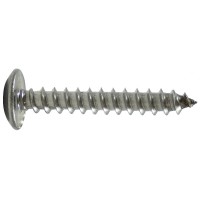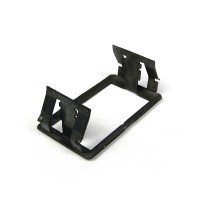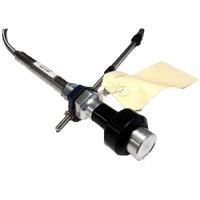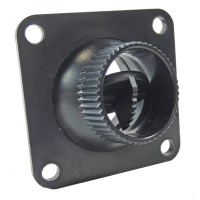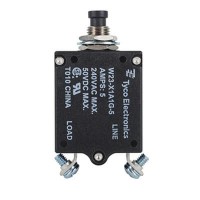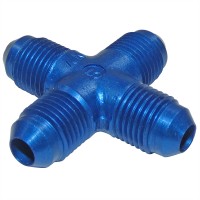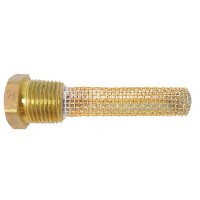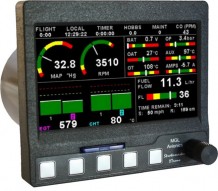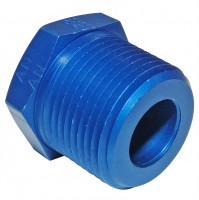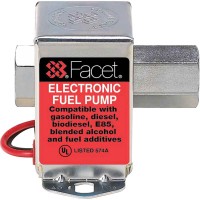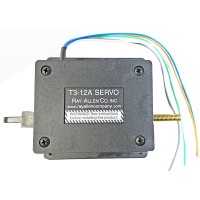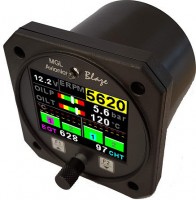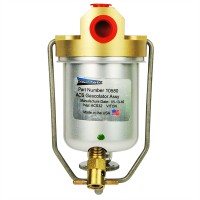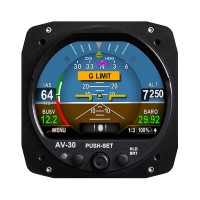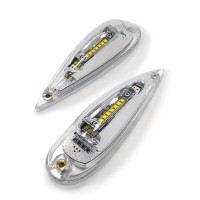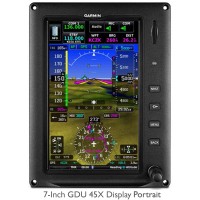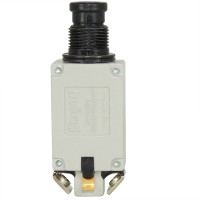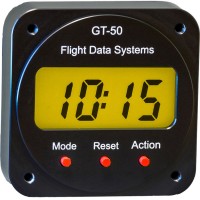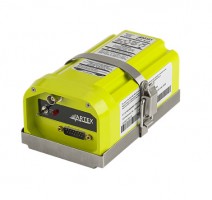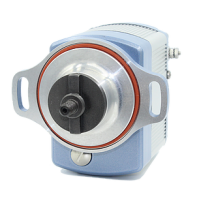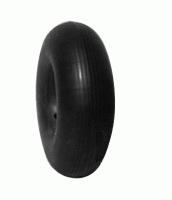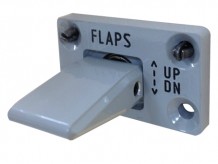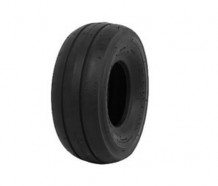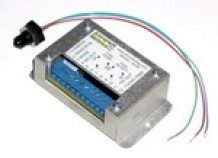THE AVIATION SUPERSTORE FOR ALL YOUR AIRCRAFT & PILOT NEEDS | 877-4-SPRUCE
Header Tank Automatic Fill Controller
Select Model:
 Without Sensors
Without Sensors 1 Sensor
1 Sensor 2 Sensors
2 SensorsOverview
|
The HTAF2 is a “Smart” Header Tank Automatic Fill Control Relay. This device automatically keeps the aircraft header tank full without over stressing any fuel pumps. It can be operated manually (without any fuel sensors mounted in the header tank), or automatically, with one or two optical fuel sensors mounted in the side of the header tank or the your sight tube plumbing.
The fuel sensor used for the HTAF2 is a very reliable optical fuel level sensor (optional) that can be easily installed in the header fuel tank. If the user is not able to install a fuel sensor in the header fuel tank, the HTAF2 can be wired to a normally open push button switch to activate the timed pumping. The unit also has a relay output that can be used for a light to indicate when the fuel in the header tank is low. The light will flash indicating when there are any system malfunctions detected. This detection of low fuel is also damped so that it does not falsely indicate low fuel in the case of sloshing fuel. The system can be powered by +12V or +24V electrical systems. |
WARNING: Cancer and Reproductive Harm - www.P65Warnings.ca.gov. |
Features
- Smart Operation
- Automatic Fuel Pump Turn On & Shutoff
- Easy Installation
- User Selectable Pump Time Period (0 to 10 Minutes)
- Operation Manual, One, or Two Sensor Modes
- New Design Minimizes Wiring
- Reliable Optical Fuel Sensors
- Pump-Up Completed Signal
- Sloshing Fuel Will Not Affect Operation
- Header Tank Low Fuel Indication (With 1 or 2 Sensors)
Specifications
- Input Power: 12 to 14Vdc or (24 to 28Vdc), 0.1A max.
- Enclosure: 3.5" x 2.25 x 1.25" (89mm x 57 x 32mm)
- Fuel Sensor Mounting: 1/4NPT
- Weight: 3.0oz. (93g), 3.3oz. (103g) with sensor
- Relay Contact Outputs: 10A max.
Operation
Two Sensor Operation (fully automatic)- When low fuel is detected in the header fuel tank by the lowest sensor, the HTAF2 will pump fuel into the header tank until the highest sensor detects a full level. It will then, quit pumping.
- When low fuel is detected in the header fuel tank by the lowest sensor, the HTAF2 will pump fuel into the header tank for a customer specified time period (0 to 10 minutes). It will then, quit pumping.
- The HTAF2 is normally used with very reliable optical fuel level sensors mounted in the header tank. If the user is not able to install any fuel level sensors in the header fuel tank, the HTAF2 can be set up so the pilot may manually activate the HTAF2. It will then pump for a customer specified time (0 to 10 minutes), then quit.
Installation
- If the user is not able to install a fuel sensor in the header fuel tank, you have two options:
- Option #1
- If you have a fuel sight tube available or you can fabricate one for the header tank, you might be able to install the sensors in the lines going to or from the sight tube. You can install a “T” connector in line and install the sensors in that connector.
Q&A
Please note, Aircraft Spruce's personnel are not certified aircraft mechanics and can only provide general support and ideas, which should not be relied upon or implemented in lieu of consulting an A&P or other qualified technician. Aircraft Spruce assumes no responsibility or liability for any issue or problem which may arise from any repair, modification or other work done from this knowledge base. Any product eligibility information provided here is based on general application guides and we recommend always referring to your specific aircraft parts manual, the parts manufacturer or consulting with a qualified mechanic.


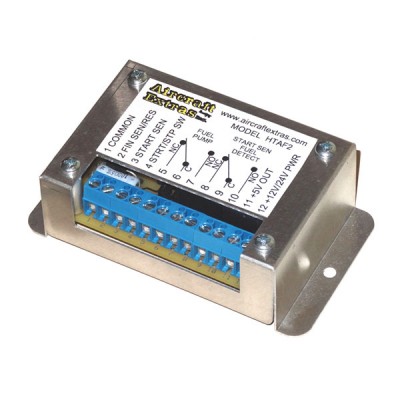





 FREE Shipping
FREE Shipping
